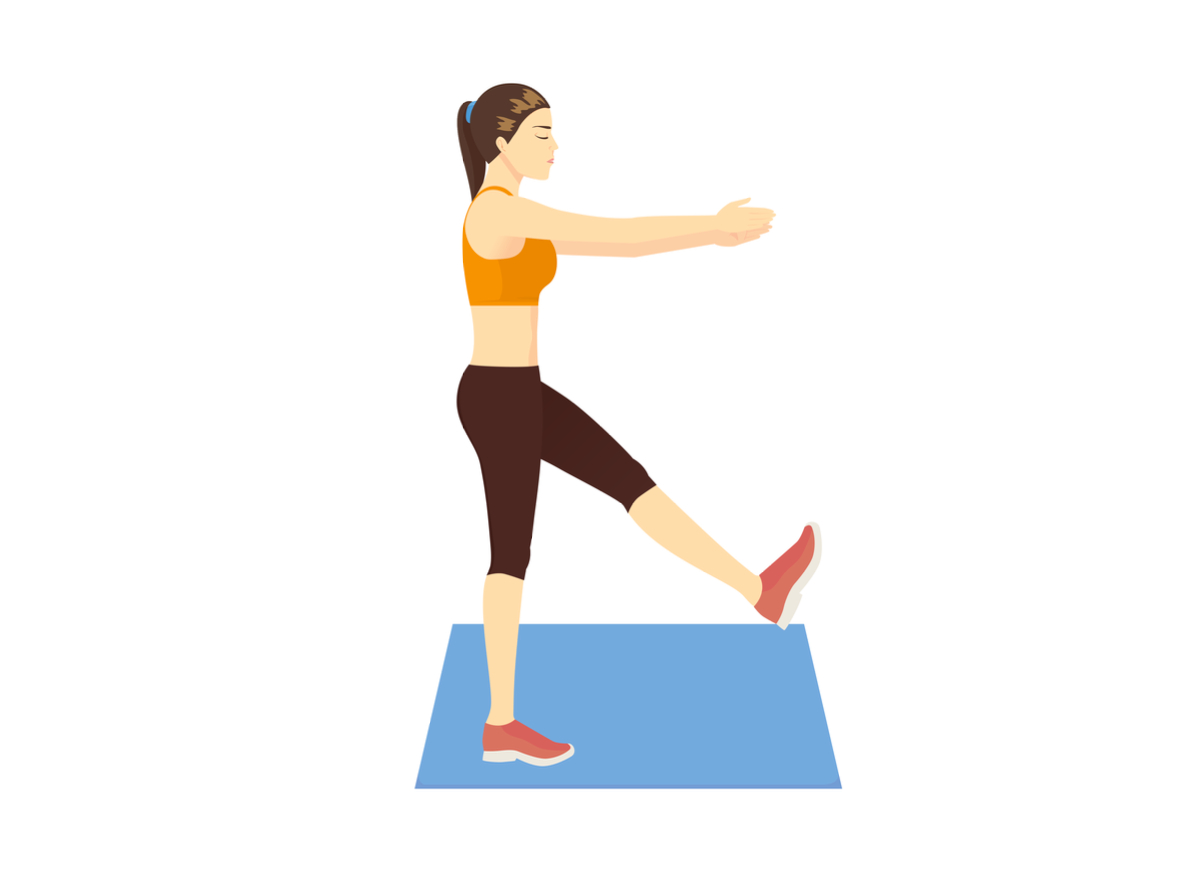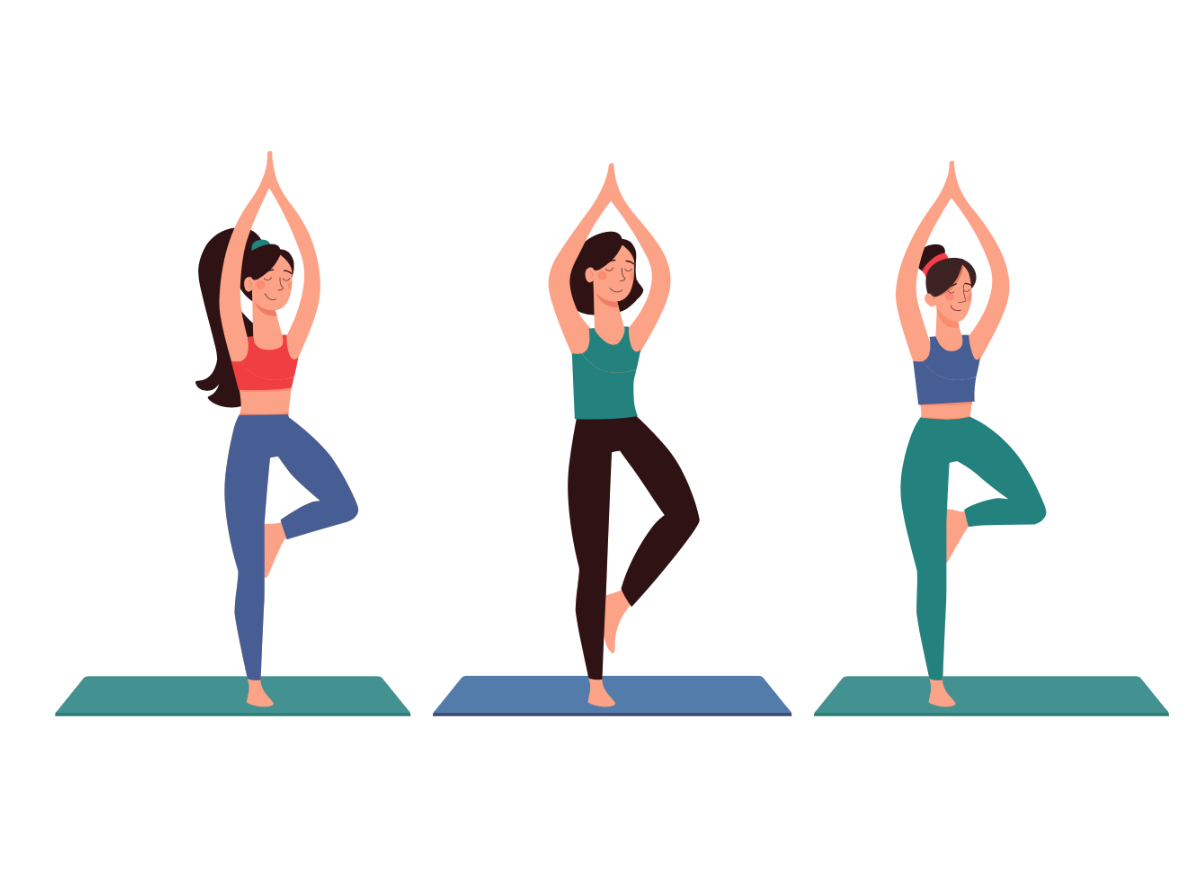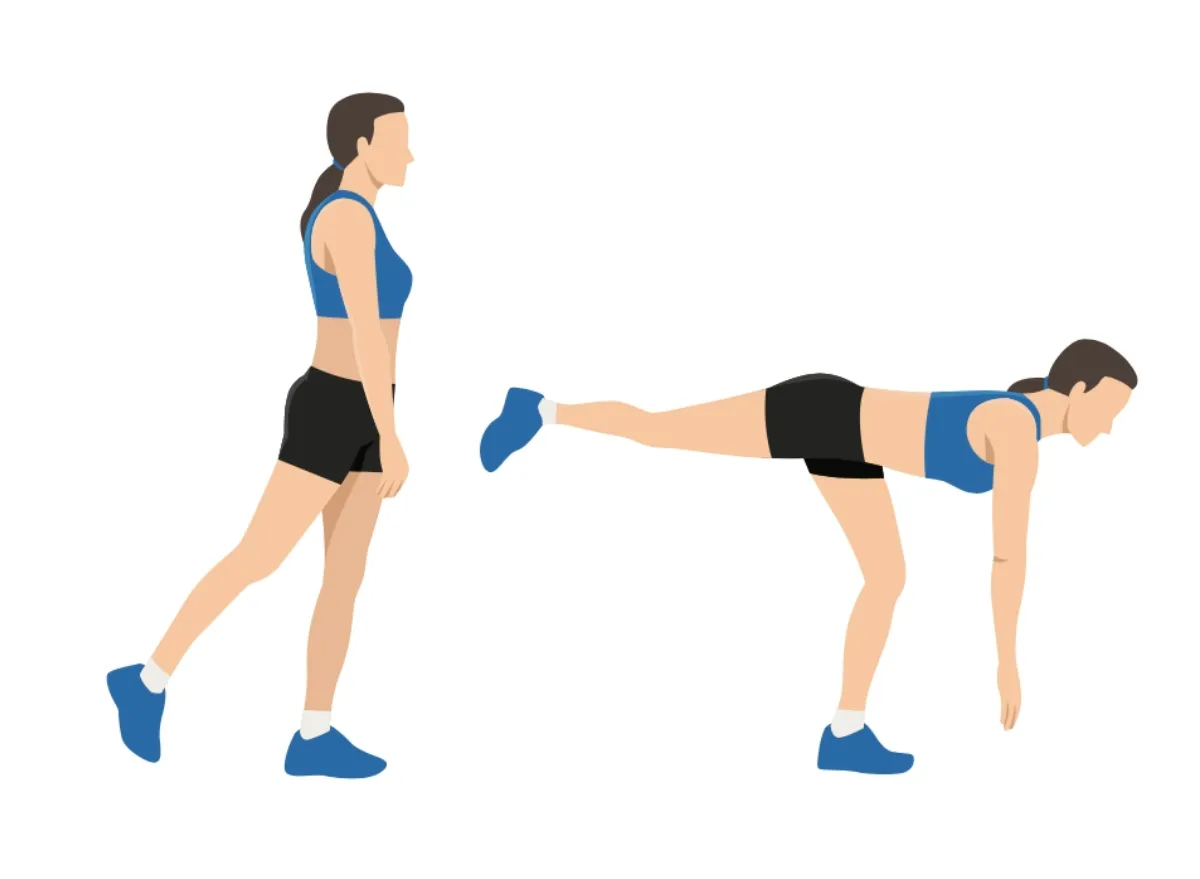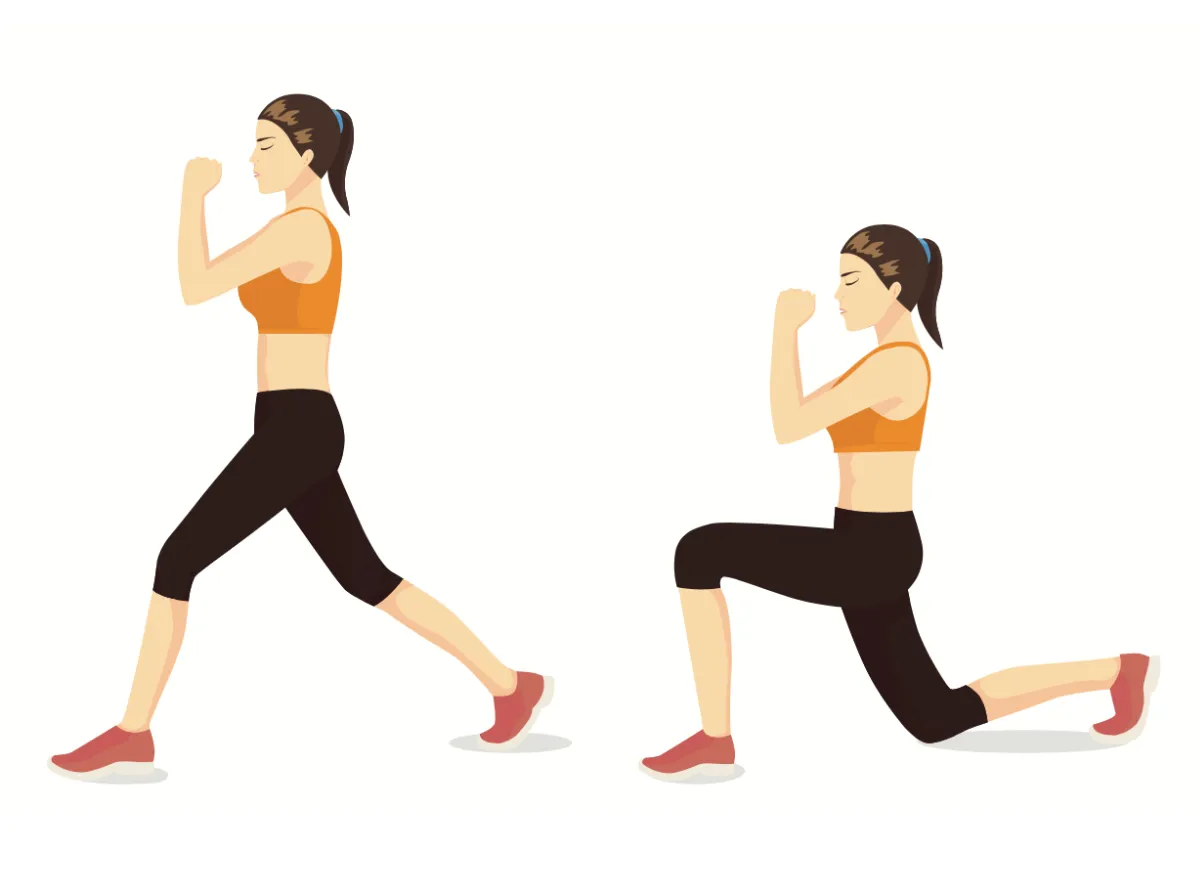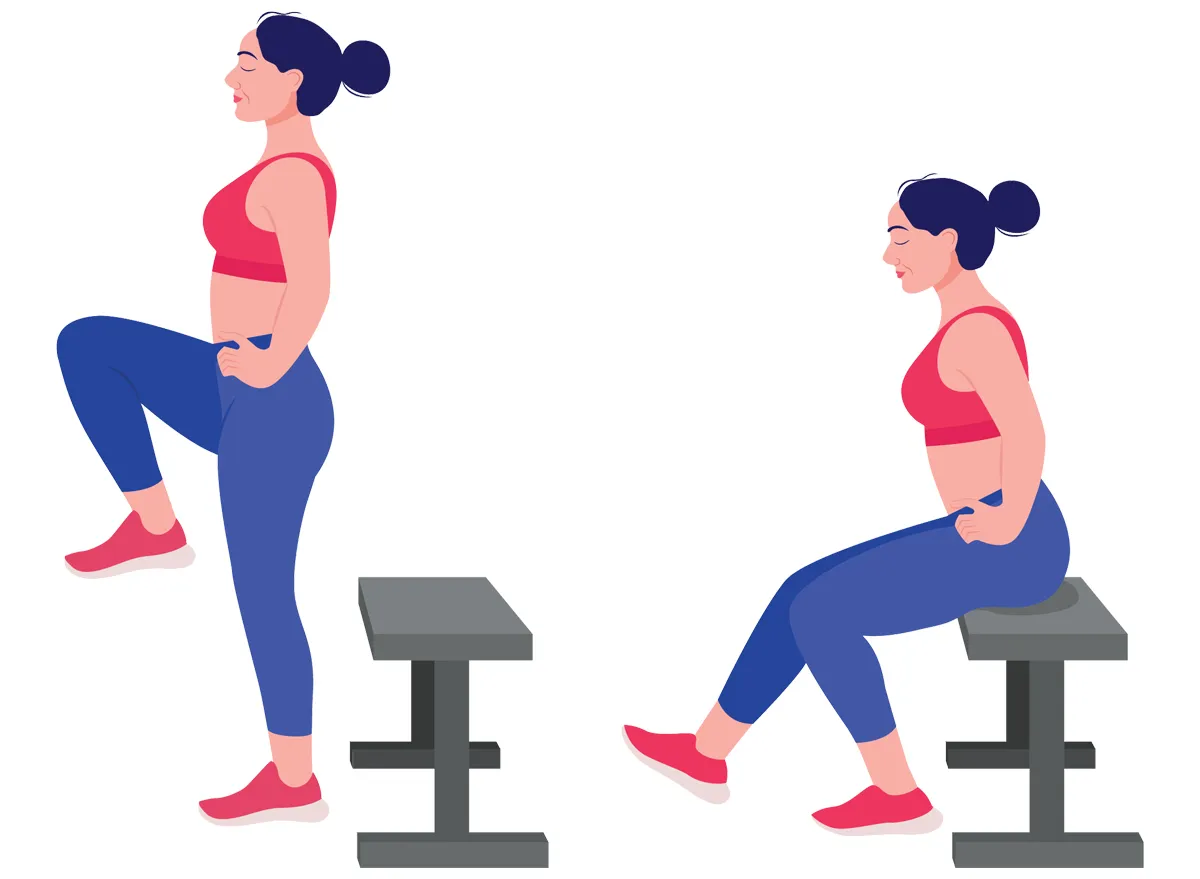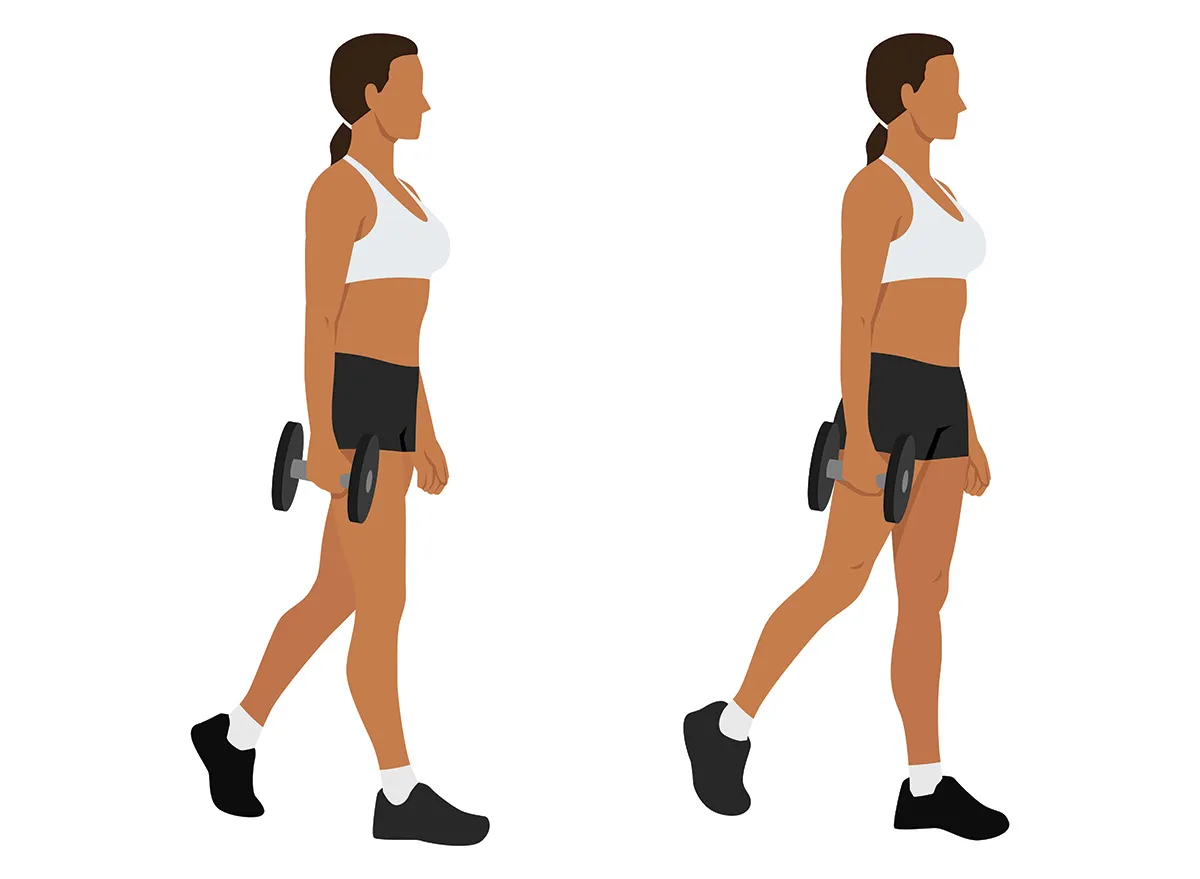The 2-2-2 workout is more than an internet trend. It’s a full-body, time-saving, and strength training workout that can be done in the gym or with dumbbells at home, any time. It sounds too good to be true, but it’s backed by science and an expert PT.
Alain Gonzalez popularised the workout most recently, but the longevity perks for women are clear. Strength training offers women benefits, like reducing the risk of osteoporosis, sarcopenia, and cardiovascular disease. It also improves mobility and balance. However, we’re often the most time-stretched people in the gym, so anything we can do to shorten the time we need to spend there is appreciated, especially during the busy festive season.
What is the 2-2-2 workout?
The 2-2-2 workout focuses on building strength in a time-efficient and effective way. It gets its name from the two workouts a week that are in the plan, the two sets you do in the workout, and the two days of rest you have between sessions.
Both are full-body workouts, and the idea is that you work close to failure for each set. Doing so means your muscles are under more strain, leading to faster improvements.
The two days of rest between sessions give the body enough time to allow for hypertrophy to occur. This is when your muscle cells grow and repair after being put under tension and stress during a workout.
Quality over quantity in the definition of this workout, and it’s an approach backed by science. Research in Medicine & Science in Sports & Exercise shows people who lift weights twice a week see increases in strength and reductions in body fat over 12 weeks, compared to groups who only do cardio.
How to follow the 2-2-2 workout
The most important part of the 2-2-2 workout is intensity. As you’re only pushing yourself two days a week, it needs to be a challenge. In fitness terms, failure means pushing yourself until it’s a struggle to do any more repetitions. Your movement speed will slow down, but you should still be able to maintain good form.
Set yourself up safely in case you need to get out of the exercise quickly. For example, if you’re doing a squat with a barbell, set up the safety bars on the rack to a good height for you, or switch to dumbbells.
Here’s what the 2-2-2 workout could look like for you:
Workout 1
- Squat: This works the entire lower body, including the quadriceps and glutes.
- Bench press: This targets the chest muscles, shoulders, and arms.
- Hip thrust: This is one of the best glute exercises, but it also engages the core and targets the hamstrings (back of thighs).
- Rows: Using a set of dumbbells or a barbell, the bent-over row exercise targets muscles in the back and arms.
- Romanian deadlift: This exercise targets muscles in the hamstrings, glutes, and the muscles that support the spine.
- Overhead press: The press focuses on the shoulders, arms, and chest muscles. You can do this with a barbell or dumbbells.
Workout 2
- Leg press: Use the machine in the gym or swap this to a squat if you’re exercising at home. It targets the leg muscles and glutes.
- Deadlift: Repeat the same hip-hinge movement as the Romanian deadlift, but this time bring the weight off the floor. It’s a full-body exercise, targeting muscles from the calves to the upper back. Use a barbell, kettlebell, or resistance bands.
- Walking lunges: This is a compound single-leg exercise, so it will make sure that you’re equally as strong in one leg as the other. Use dumbbells or a kettlebell for this.
- Push-ups: This exercise targets the chest, shoulders, arms, and engages the core. If you can’t do a full one yet, start on your knees.
- Lat pulldown: Utilise the cable machine in the gym or your resistance bands to do this exercise, which focuses on the back and arm muscles, at home.
- Shoulder press: Repeat the shoulder press exercise from the first workout, using dumbbells, a barbell, resistance bands, or a kettlebell.
Benefits of the 2-2-2 workout
- Reduces sarcopenia risk: After menopause, our risk of age-related muscle loss (sarcopenia) skyrockets. Affecting everything from posture to balance, strength training is key for building muscle and reducing the chance of this condition being a problem for you with age.
- Boosts muscle growth: Studies have shown that even one hard set of exercise can result in significant muscle growth when working close to failure. When you can’t perform that last rep, it’s called “technical failure,” according to the American National Academy of Sports Medicine (NASM). The closer you get to failure, the more your muscles grow, a recent Sports Medicine review found.
- Less stress on the body than other workouts: “Using 2 sets reduces overall fatigue and recovery demands whilst still providing enough challenge to the body and mind to build and maintain strength, which is especially important for women over 40,” says Sarah. “Fewer sets make workouts shorter and more manageable, less joint and nervous system stress, and improved consistency over time.”
- Easier to stay consistent: When we’re having a busy week, exercise is often the first thing to go, at least in my experience. Only having to make time for it two days a week lessens the time pressure and means you’re more likely to do it.
- Versatile: Whether you pick up a barbell in the gym, use machines, or stay at home and use your favourite resistance bands and kettlebells, you can do the 2-2-2 workout.
Tips for doing the 2-2-2 workout
- Focus on consistency: Consistency over perfection is key to the 2-2-2 workout, says Campus. “Start with weights that feel manageable and focus on good form over intensity,” she says.
- Plan your session in advance: If you’re new to strength training and not sure what this workout could look like for you, try the example above. Alternatively, speak to a personal trainer to organise your sessions in advance.
- Make workouts non-negotiable: “Treat the workouts as appointments in your day, and stay flexible if energy is low one day by reducing the reps, load, or pace instead of skipping it entirely,” she says.
- Prioritise recovery: The key to the workouts is exercising to fatigue, which means good recovery is essential. “Prioritise recovery with adequate sleep, protein, hydration and mobility work, and pay attention to how your body responds week to week so you can adjust without guilt,” says Sarah, who is also the founder of LDN Mums Fitness.


